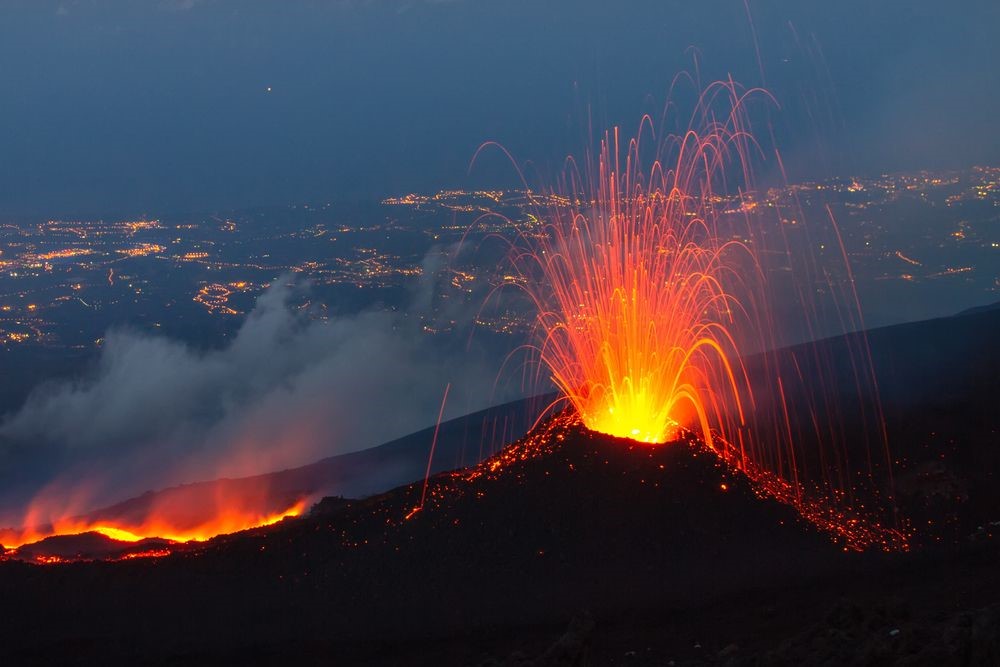Free Courses Sale ends Soon, Get It Now


Free Courses Sale ends Soon, Get It Now



Disclaimer: Copyright infringement not intended.
Context
What is a volcano?
Types
Eruption
Can scientists predict volcanic eruptions?
Volcanoes particularly active in the Pacific Ring of Fire
About Mount Etna
Other volcanoes erupt for significantly longer periods of time than Etna
|
PRACTICE QUESTION Examine the strategies that countries can adopt to mitigate the risks associated with volcanic activity. Provide examples from different parts of the world to illustrate your answer. |
© 2024 iasgyan. All right reserved